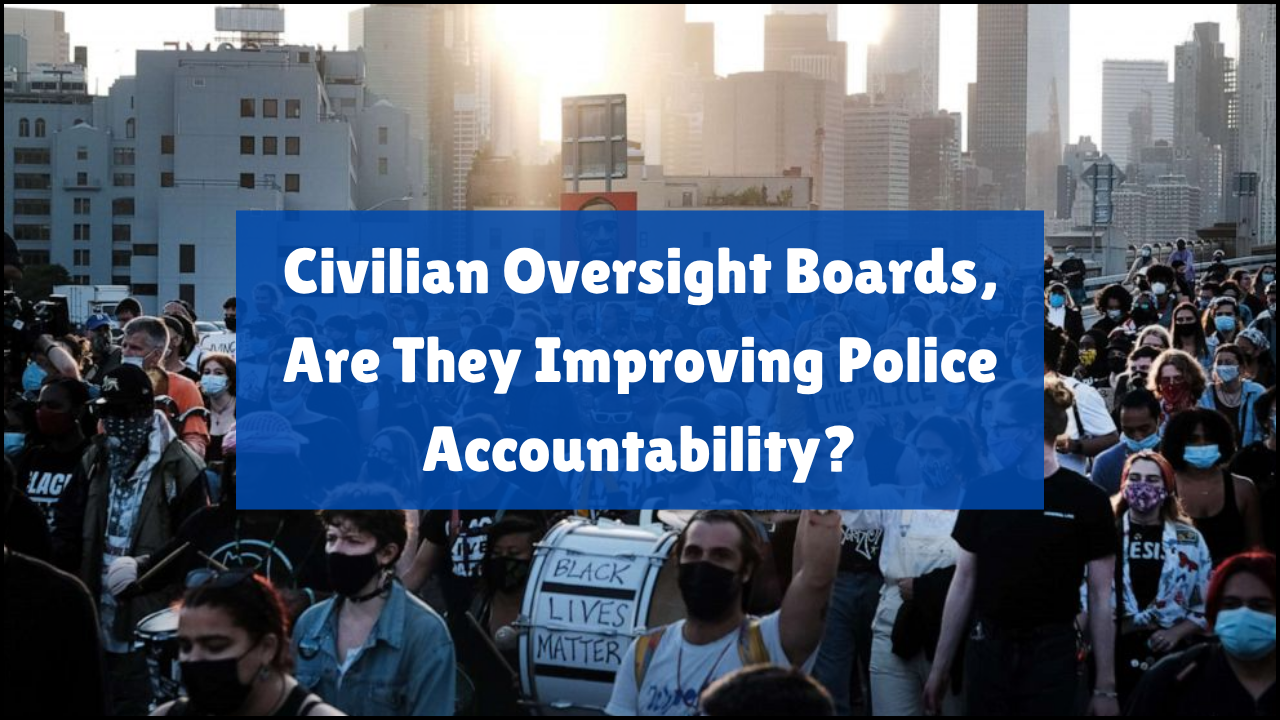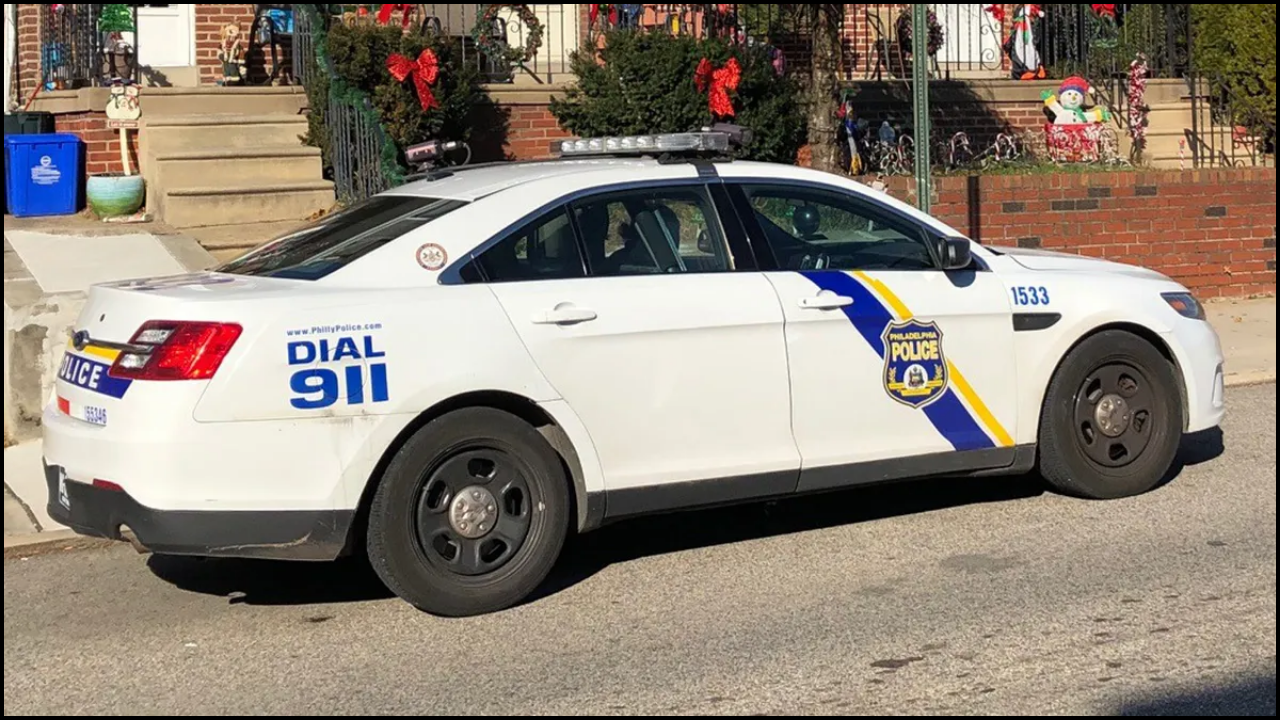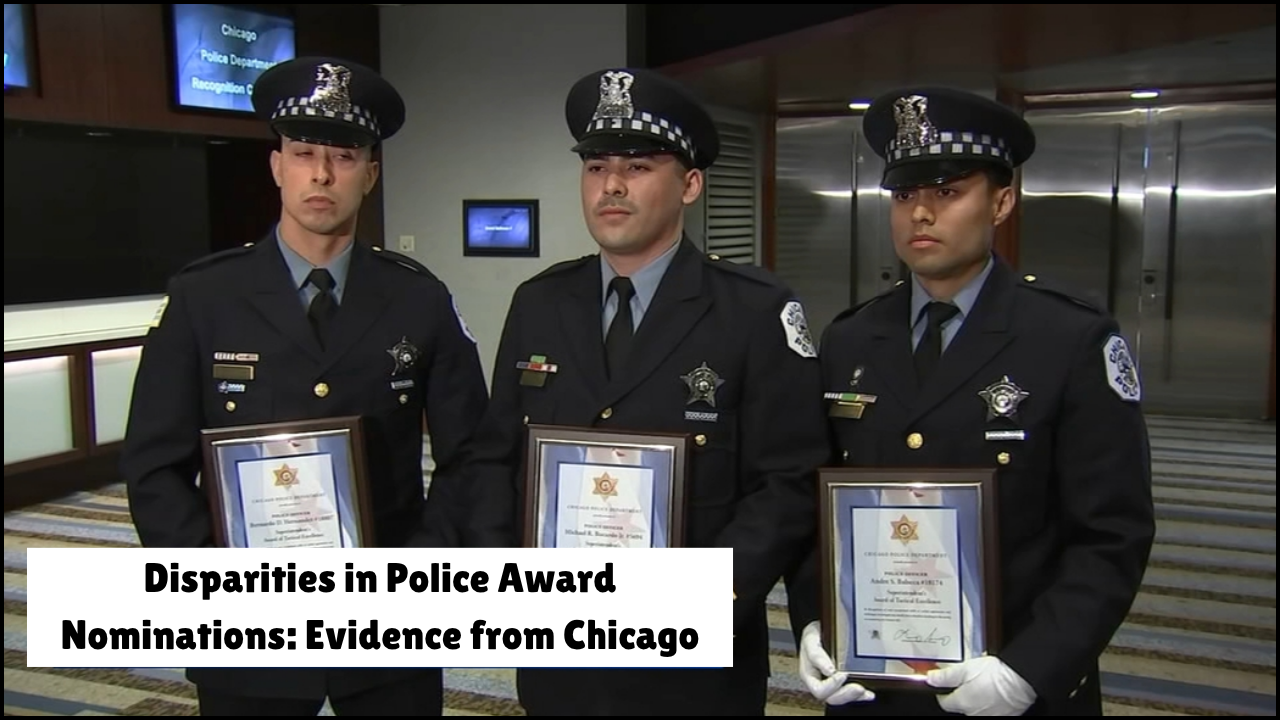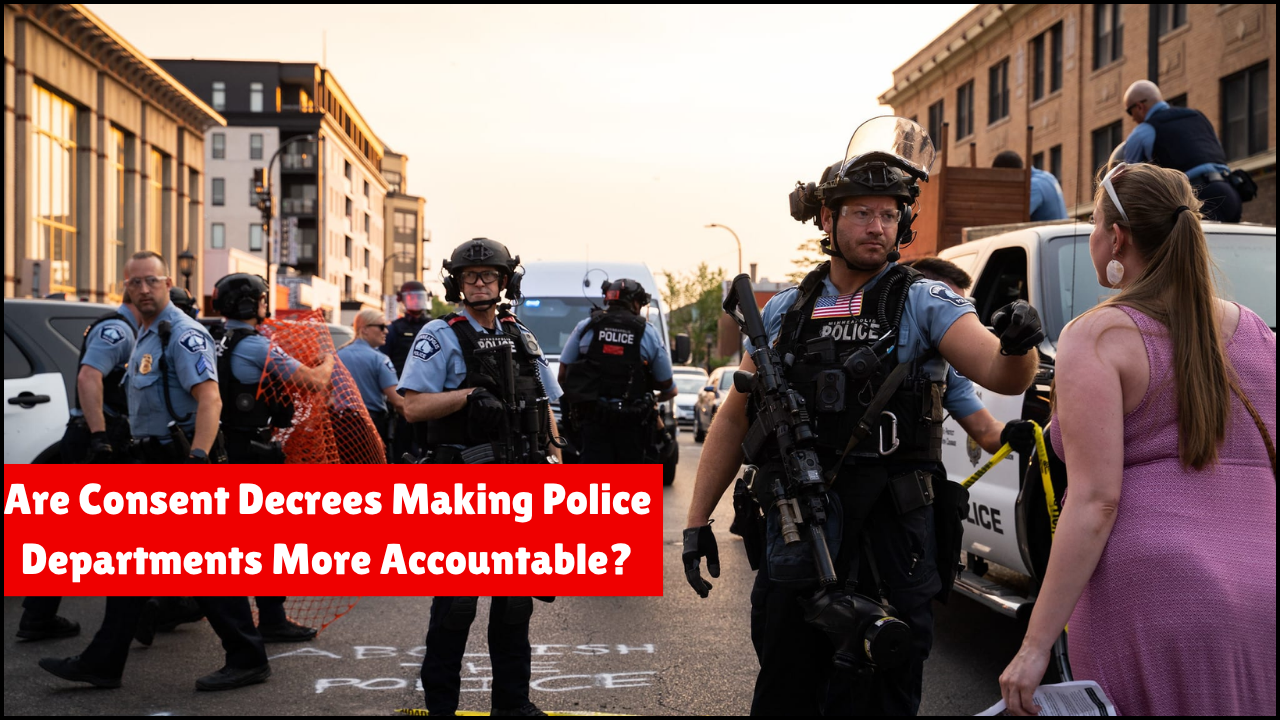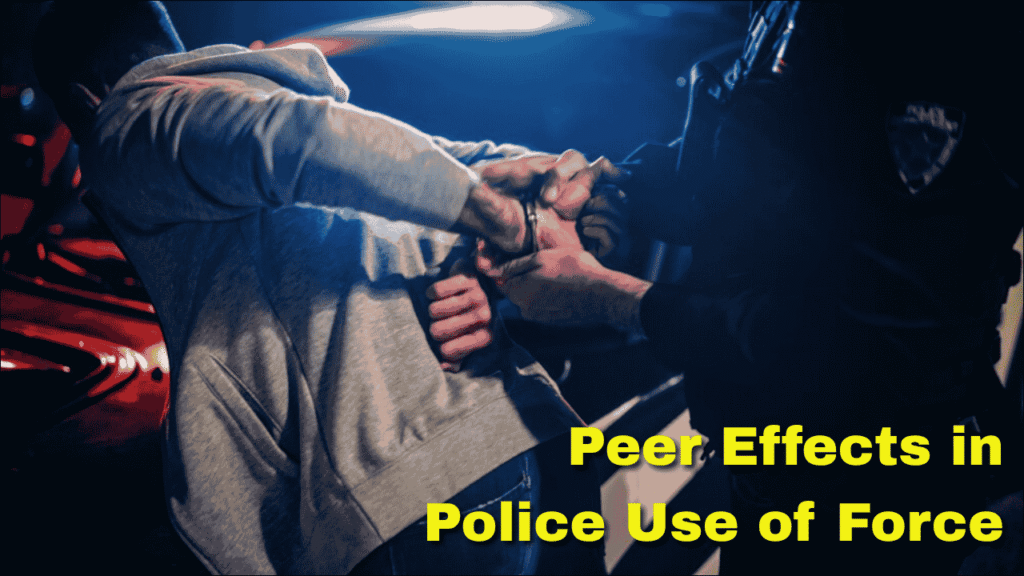
Peer behavior holds significant influence in high-stress occupations like policing, where split-second decisions often determine the use of force. This article explores how officers’ behavior is shaped not only by their training or individual traits but also by their colleagues’ actions, culture within the unit, and expectations from peers. These peer effects can either escalate or moderate the use of force depending on the environment and group dynamics. Research and real-world patterns reveal that peer behavior can significantly affect the likelihood and severity of force used during police encounters.
Table of Contents
Understanding Peer Influence in Policing
Peer effects refer to how an individual’s behavior is influenced by observing or working alongside others. In policing, this translates to how officers are affected by their immediate team members during fieldwork, especially during potentially violent encounters.
- Shared experiences among officers build trust and contribute to conforming behaviors.
- Rookie officers often model behavior after senior colleagues.
- Squad dynamics impact decision-making under pressure.
- Observational learning plays a powerful role in how force is perceived and applied.
Key Factors That Shape Peer Effects
| Influencing Factor | Explanation |
|---|---|
| Team Composition | Officers with aggressive peers tend to exhibit higher use-of-force incidents. |
| Unit Culture | Norms within a squad can promote either restraint or aggression. |
| Seniority Gap | Junior officers mimic the dominant behavior of senior colleagues. |
| Daily Assignments | Regular pairings amplify behavior reinforcement over time. |
| Accountability Systems | Peer oversight can reduce reckless force if reporting structures are strong. |
Patterns Observed in Peer-Based Behavior
Real-world observations from different departments and research studies show consistent behavioral patterns that support the existence of peer effects.
- Increased force likelihood when working with peers who have a history of excessive force.
- Lower force incidents in squads where de-escalation is emphasized and culturally reinforced.
- Behavior convergence over time among units, where individuals adapt to team norms.
- Group loyalty can lead to silence or complicity in misconduct.
Research Findings on Peer Effects
Empirical studies have provided measurable insights into how peer dynamics influence force application.
| Study | Findings |
|---|---|
| Fryer (2016) | Peer influence among officers affects racial disparities in force usage. |
| Wood et al. (2020) | Officers assigned to new squads adopt the average force level of that group within weeks. |
| Ba & Rivera (2021) | Pairing with an aggressive partner increases use of force by over 40% in comparable situations. |
| Police Academy Cohort Studies | Behavioral tendencies formed during training persist and are reinforced by peer environments. |
Positive and Negative Peer Effects
| Type of Effect | Impact on Policing |
|---|---|
| Positive Peer Effect | Encourages de-escalation, promotes restraint, and strengthens accountability. |
| Negative Peer Effect | Normalizes aggression, reduces ethical scrutiny, and promotes silence around misconduct. |
Influence of Police Culture
Police culture, often reinforced through informal peer networks, strongly shapes officer conduct. Subcultures within precincts may encourage aggressive or lenient behavior depending on internal values.
- “Warrior” culture promotes dominance and can escalate force.
- “Guardian” culture emphasizes community relations and can mitigate excessive force.
- Code of silence often emerges due to peer protection norms.
- Peer praise or ridicule can subtly guide force-related decisions.
Mitigating Negative Peer Effects
Law enforcement agencies have begun implementing measures to reduce harmful peer influences and promote healthier group norms.
| Strategy | Implementation Methods |
|---|---|
| Peer intervention training | Programs like EPIC (Ethical Policing Is Courageous) encourage officers to stop misuse. |
| Mentorship programs | Positive role models assigned to new recruits help cultivate responsible behavior. |
| Regular team reshuffling | Reduces the permanence of toxic peer influence in any single unit. |
| Body camera audits | Peer reviews and video evidence help hold officers accountable. |
| Cultural sensitivity workshops | Reinforces respect-driven behavior among peers. |
Role of Supervisors and Field Training Officers (FTOs)
Supervisors and FTOs play a central role in setting behavior norms for junior officers.
- Supervisors model restraint and fairness, shaping peer expectations.
- FTOs directly influence rookies by demonstrating forceful decision-making.
- Regular performance reviews provide feedback on use-of-force incidents.
- Leadership style influences whether peer effects are constructive or harmful.
Examples from Departments and Reforms
Certain departments have taken proactive steps to understand and manage peer effects.
| Police Department | Reform Initiative |
|---|---|
| New Orleans Police Department | Adopted EPIC to build a culture of peer accountability. |
| Seattle Police Department | Introduced team-based performance metrics to reduce pressure for aggressive behavior. |
| Camden, NJ Police | Emphasized community policing and peer mentoring in reform efforts. |
Behavioral Insights from Simulation Training
Use-of-force training that simulates peer behavior scenarios helps prepare officers for real-world pressure.
- Virtual simulations expose recruits to peer pressure under stress.
- Scenario-based exercises promote ethical decision-making even under group influence.
- Debrief sessions highlight how peer behavior shapes emotional and tactical responses.
Policy Recommendations for Law Enforcement Agencies
| Recommendation | Purpose |
|---|---|
| Promote ethical leadership | Leaders should demonstrate appropriate use of force as role models. |
| Facilitate peer accountability | Encourage peer feedback and intervention mechanisms. |
| Monitor unit-level behavior patterns | Track trends in force usage by group, not just individual metrics. |
| Integrate behavioral science | Use psychology-based training to manage peer-driven responses. |
| Encourage cross-unit mobility | Expose officers to different working cultures and reduce toxic group reinforcement. |
Final Analysis
Peer dynamics serve as an invisible but powerful force in shaping how police officers behave in critical moments. Use of force is not just a matter of personal judgment or departmental policy—it is also a reflection of the team culture surrounding each officer. Recognizing the impact of peer influence allows for targeted reforms, better training, and safer outcomes for communities and law enforcement personnel alike. Understanding and shaping peer effects must become a core part of policing strategy in modern times.


